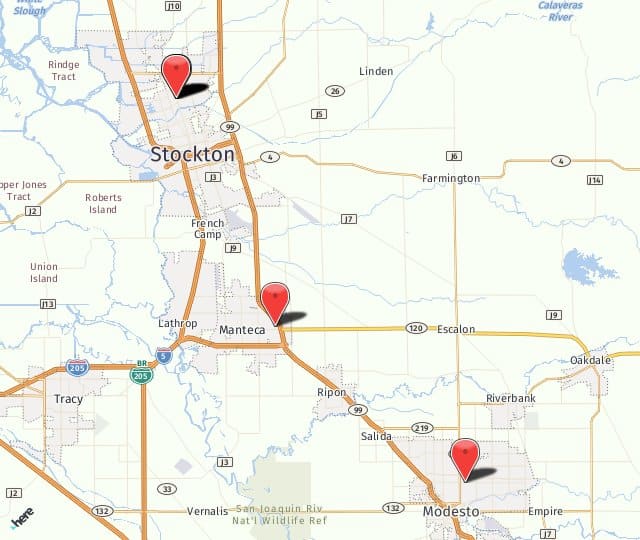Diabetes and Your Eyes

What most people don’t expect is damage to their vision. But diabetic retinopathy is a real risk with diabetes.
What is diabetic retinopathy?
Diabetic retinopathy develops when changes occur to the blood vessels of the retina. The retina is the light-sensitive tissue at the back of the eye. With diabetic retinopathy, the blood vessels may swell and leak fluid. Abnormal blood vessels may grow on the surface of the retina. This condition can develop in patients with either type 1 or type 2 diabetes. The longer a person has diabetes, the more likely he or she will develop diabetic retinopathy.
What are the symptoms of diabetic retinopathy?
One problem with diabetic retinopathy is that it often doesn’t show early symptoms, but damage can be occurring in the eye. It usually affects both eyes. Symptoms may include:
- Floaters
- Blurred vision
- Fluctuating vision
- Impaired color vision
- Dark or empty areas in your vision
- Vision loss
When you come in for your regular eye exams at Central Valley Eye Medical Group, we can spot early signs of diabetic retinopathy. That’s why it’s important to keep your regular eye exam appointments if you have diabetes.
Treatment
If you have nonproliferative (early stage) diabetic retinopathy, managing your blood sugar can slow the progression of the disease. If you proliferative (advanced stage) diabetic retinopathy, you’ll need surgery to address it. At Central Valley Eye Medical Group, our experienced ophthalmologists perform these surgeries depending on your situation:
- Focal laser treatment— In this procedure, a laser is used to either stop of slow the leakage of blood and fluid in the eye. Also called photocoagulation, the laser energy closes the leaking vessels.
- Scatter laser treatment— Also known as panretinal photocoagulation, here the areas of the retina away from the macula are treated with scattered laser burns. These burns cause the new abnormal blood vessels to shrink and scar.
- Vitrectomy— This surgical procedure creates a tiny incision in your eye to remove blood from the vitreous, as well as the scar tissue that is pulling on the retina creating detachment.
These surgeries are very successful in preventing blindness in most people with diabetic retinopathy.
If you have type 2 diabetes, be sure to see us at Central Valley Eye Medical Group for regular eye exams. Call us at (800) 244-9907 to schedule your appointment.
Posted in: Diabetic Eye Care

